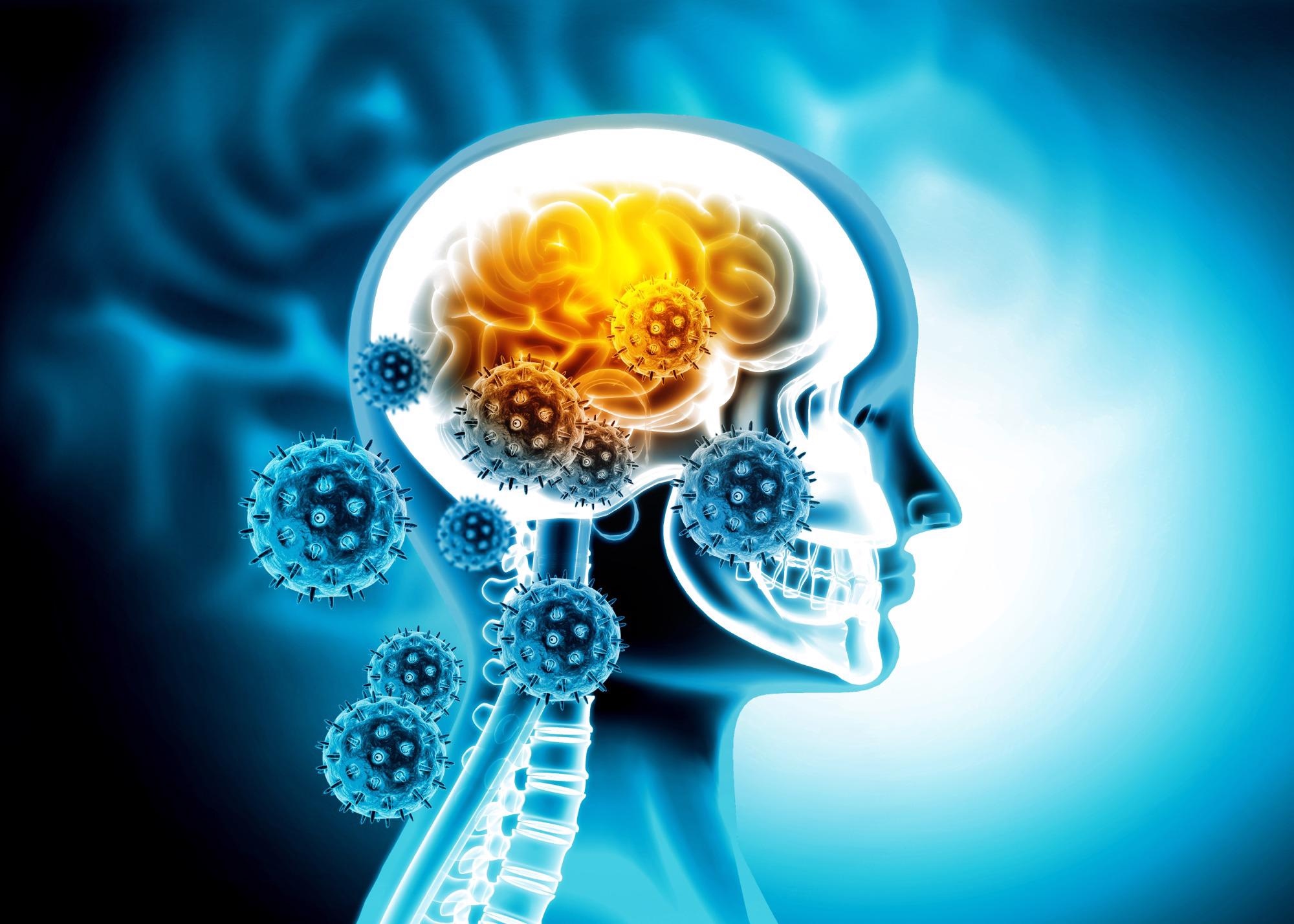In a recent study posted to the journal Nature as an unedited manuscript, researchers assessed the severe acute respiratory syndrome coronavirus 2 (SARS-CoV-2)-associated brain changes among United Kingdom (UK) Biobank patients.
 Study: SARS-CoV-2 is associated with changes in brain structure in UK Biobank. Image Credit: crystal light / Shutterstock
Study: SARS-CoV-2 is associated with changes in brain structure in UK Biobank. Image Credit: crystal light / Shutterstock
Olfactory and gustatory symptoms have been reported to precede the onset of pulmonary coronavirus disease 2019 (COVID-19) symptoms. The loss of olfactory sensory inputs to the brain could lead to cerebral grey matter alterations in the olfactory-associated regions.
Previous magnetic resonance imaging (MRI), computed tomography (CT), and positron emission tomography (PET) brain imaging studies reported cerebral abnormalities in COVID-19 patients. However, these studies were single case reports or case series documenting brain changes in acute phases of moderate to severe COVID-19. Although few studies evaluated vascular damage, the observed spatial patterns of cortical pathologies were inconsistent. The present study is the first longitudinal re-imaging study that compared brain scans pre- and post-COVID-19 to well-matched controls.
About the study
In the present observational study, the researchers assessed cerebral abnormalities in 587 UK residents aged 51-81 years who underwent brain imaging twice in three years, as part of the UK Biobank analysis. Of these, 401 participants were diagnosed with COVID-19 between the two scans. These patients either had two positive rapid antibody tests or public health and medical records for COVID-19. About 15 COVID-19 patients were hospitalized. Brain scans of the SARS-CoV-2-infected patients were compared with 384 COVID-19 negative controls. In 351 of the 401 patients, the diagnosis date of COVID-19 could be determined.
With the help of brain scans, image-derived phenotypes (IDPs) were obtained and evaluated. Each IDP represented an aspect of the brain function or structure. Statistical analysis was performed to determine which brain changes were significantly related to COVID-19. Additionally, the brain was visualized vertex-wise and voxel-wise to assess the cortical thickness and mean diffusivity, respectively. Moreover, cognitive function was evaluated using the Trail Making Test (TMT). The signs of respiratory disorders such as pneumonia and influenza were evaluated to rule out confounding bias.
Results and discussion
A total of 2,047 reproducible cerebral IDPs were obtained, of which 297 covered the olfactory region. Among these, the eight most significant IDPs covered cerebral areas linked with the primary olfactory cortex. These significant IDPs overlapped particularly in the orbitofrontal cortex, anterior cingulate cortex, insula, ventral striatum, hippocampus, parahippocampal gyrus, and amygdala.
Moreover, greater viral diffusivity was identified in the significant IDPs denoting functional linkage with the temporal and frontal piriform cortices, anterior olfactory nucleus, and the olfactory tubercle. The remaining two significant IDPs encompassing the parahippocampal gyrus and the left lateral orbitofrontal cortex exhibited greater reductions in cortical thickness and intensity contrast with time in COVID-19 patients. While the significant IDPs were found bilaterally for the entorhinal and the parahippocampal gyrus cortices, 90% of them covered the left side of the brain. The IDP differences were not significantly related to the time interval between the COVID-19 diagnosis and the scans.
Overall, most longitudinal differences were found in the functionally connected sites of the temporal piriform cortex (56%), olfactory tubercle (62%), left parahippocampal gyrus (57%), and lateral orbitofrontal cortex (60%). More significant reduction in grey matter thickness and brain size with reduced contrast in orbitofrontal cortical tissues and parahippocampal gyrus were noted in COVID-19 patients compared to controls.
Additionally, increased CSF fluid volume and decreased whole brain volume were detected. These pathological changes were due to an increase in cerebral atrophy and tissue damage. However, no significant brain changes were observed between hospitalized and non-hospitalized COVID-19 patients.
More significant cognitive impairment, especially in the executive function, was observed in COVID-19 patients. This decline was notably higher among non-hospitalized COVID-19 cases. The cognitive decay occurred due to increased atrophy of the crus II, a cerebellar lobule. Additionally, a low correlation was observed between the effects of COVID-19 and pneumonia or influenza.
Conclusion
The study findings highlighted the deleterious cerebral impact of COVID-19, with consistent and modest microstructural changes in cortical thickness and average diffusivity. These changes were primarily noted in the limbic and cerebral olfactory systems. The effects could be due to an anterograde degenerative spread of infection from the olfactory neuronal cells to the brain.
However, further research is required to investigate whether the brain changes are reversible or permanent. Additionally, these studies must evaluate the cerebral alterations specifically caused by different SARS-CoV-2 strains.
COVID-19 can cause brain shrinkage, study finds
Journal reference:
- Douaud, G. et al. SARS-CoV-2 is associated with changes in brain structure in UK Biobank. Nature https://doi.org/10.1038/s41586-022-04569-5 (2022). DOI: https://doi.org/10.1038/s41586-022-04569-5, https://www.nature.com/articles/s41586-022-04569-5